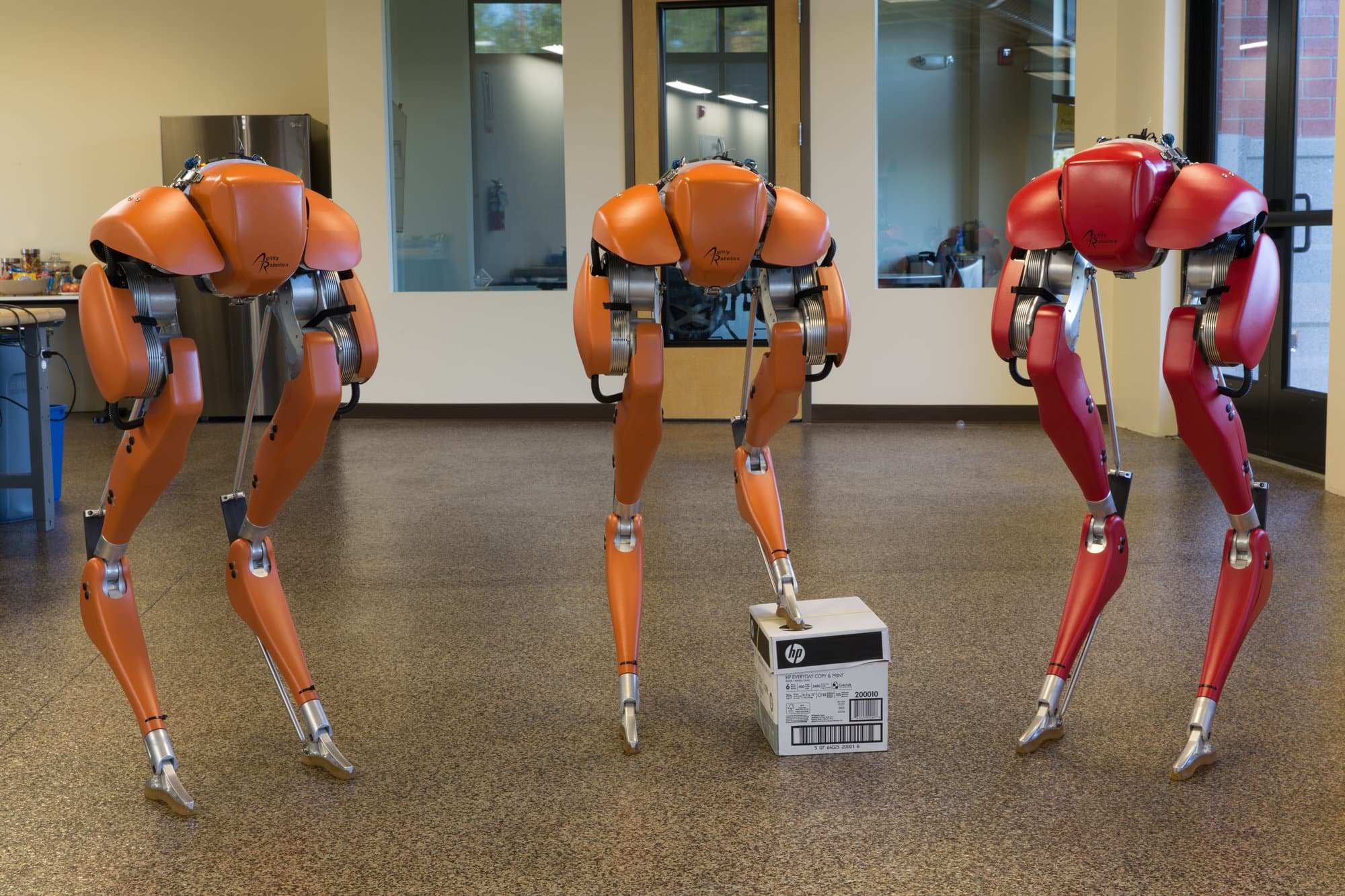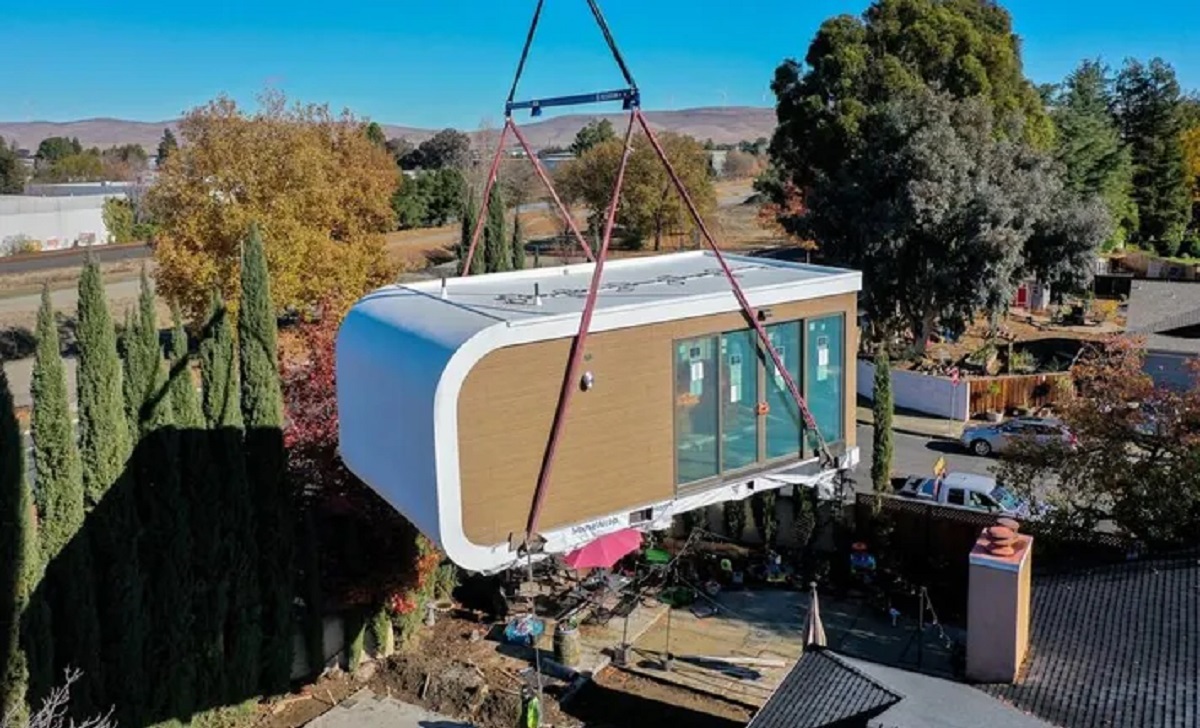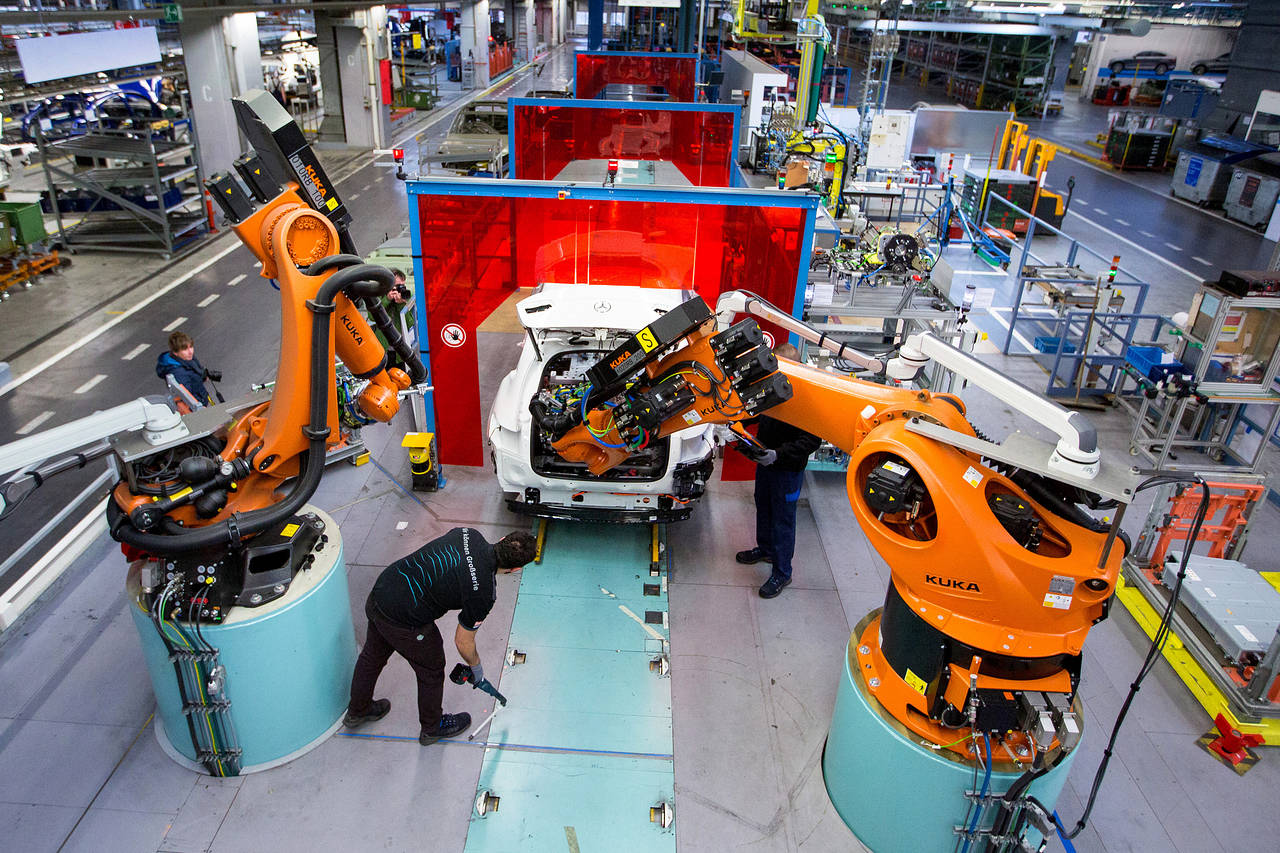The construction industry in the U.S. and around the world is currently facing a significant labor shortage. Despite new hires being made every month, an almost equal number of workers are quitting, resulting in a deficit of skilled talent. This problem is not exclusive to the U.S.; it is a global issue, with Europe experiencing similar struggles in attracting skilled workers to the construction sector. Even countries like India, known for having a labor surplus, have not been immune to this phenomenon.
Key Takeaway
The construction industry is grappling with a labor shortage, which is a global issue impacting various countries, including the U.S., Europe, and India. Innovative technology and automation may hold the key to addressing this challenge.
While we explored the future of the construction industry in a recent interview with four founders in construction tech, the topic of the labor shortage was not directly addressed. However, the founders alluded to the potential role of bleeding-edge technology and automation in mitigating this problem.
The Global Labor Shortage in Construction
The labor shortage in construction is a pressing concern, and it extends beyond borders. In Europe, the majority of countries in the EU are facing a severe shortage of skilled labor in various construction roles, as highlighted in a report by the EU’s European Labor Authority. This scarcity of talent has made it difficult for the industry to operate at full capacity and meet the growing demand for construction projects.
Interestingly, even countries like India, where there has traditionally been a surplus of workers, are now experiencing a strain on their construction workforce. This shift indicates that the labor shortage is a complex issue with far-reaching implications.
The Role of Bleeding-Edge Tech in Addressing the Labor Shortage
As concerns about the labor shortage loom, industry leaders and experts are looking towards advanced technology and automation as potential solutions. In our conversation with founders in the construction tech sector, it became clear that bleeding-edge technology can play a crucial role in addressing this challenge.
One area where technology has significant potential is in replacing labor-intensive tasks with automated processes. For instance, tasks like bricklaying, which traditionally require skilled workers, can now be performed by robots. Automation not only increases efficiency but also reduces the reliance on human labor, helping to bridge the labor gap.
Furthermore, bleeding-edge tech can augment the skills of existing workers, making them more productive and efficient. Through the use of augmented reality (AR) and virtual reality (VR) tools, workers can receive on-the-job training and access real-time information, enhancing their capabilities. This technology enables workers to perform complex tasks with greater precision and reduces the need for extensive training periods.
It’s worth noting that while technology can assist in alleviating the labor shortage, it should be seen as a complement rather than a complete replacement for human workers. The construction industry will always rely on skilled labor, and technology should be used to enhance their abilities, boost productivity, and fill the gaps where there is a scarcity of talent.
Conclusion
The construction industry is grappling with a significant labor shortage that spans across the globe. While the challenges vary from country to country, bleeding-edge technology and automation hold promise in addressing this issue. By replacing labor-intensive tasks with automated processes and leveraging tools like AR and VR for training, the industry can enhance its efficiency and bridge the gap caused by the shortage of skilled workers. It is crucial to find a balance between technological advancements and the need for skilled human labor to ensure the industry’s continued success.

























